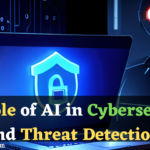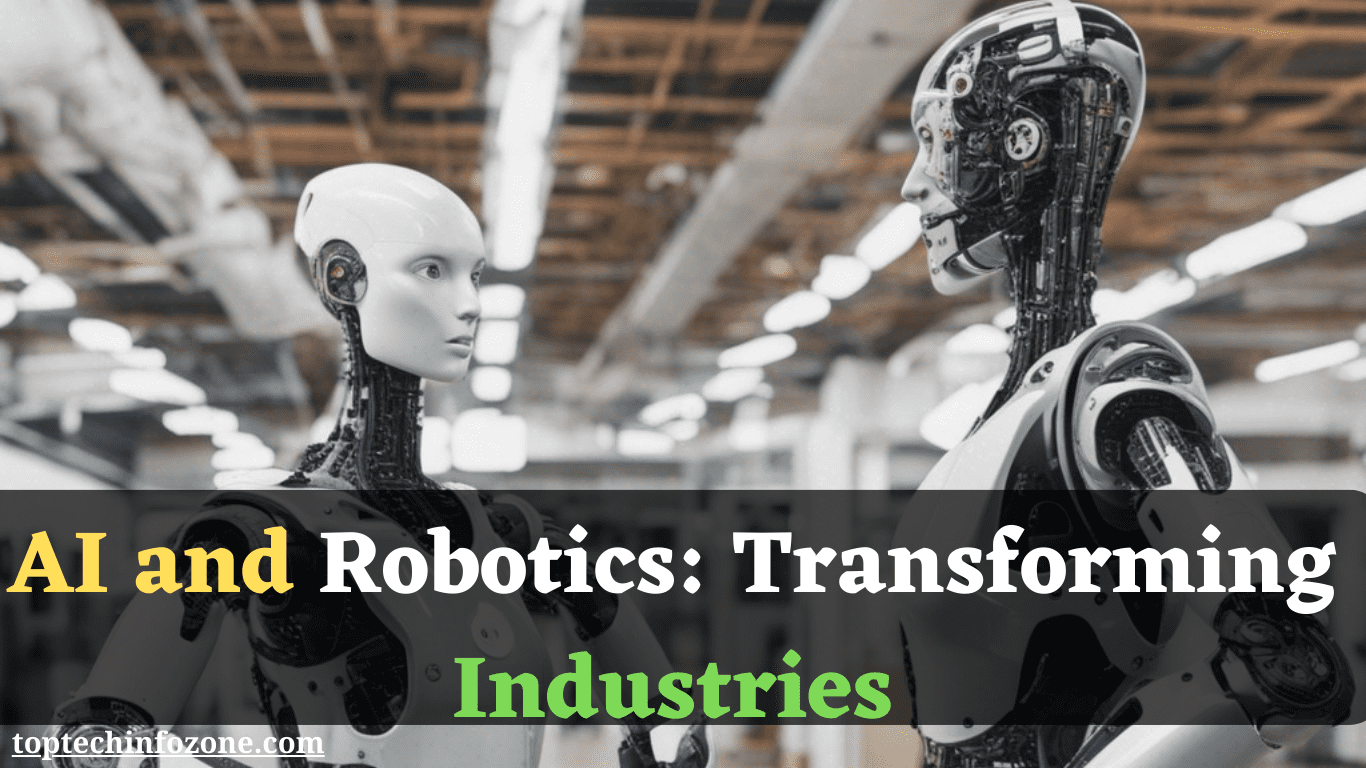Explore the fascinating realm of AI and robotics, where innovative technologies are revolutionizing various industries. Discover the impact, benefits, and challenges of AI and robotics in today’s rapidly changing landscape.
Introduction
In today’s fast-paced world, the convergence of AI and robotics has brought about a remarkable transformation across various industries. From healthcare to manufacturing, entertainment to agriculture, the fusion of artificial intelligence and robotics has ushered in a new era of possibilities and efficiency.
In this comprehensive article, we delve into the captivating realm of AI and robotics, exploring their profound impact on different sectors, the benefits they offer, and the challenges they pose. Join us as we navigate through the exciting landscape of AI and robotics, where innovation knows no bounds.
AI and Robotics: Transforming Industries – A New Dawn
The synergy between AI and robotics has ignited a revolution that is reshaping industries worldwide.
The ability of machines to mimic human cognitive functions and perform complex tasks autonomously has opened doors to unprecedented advancements.
This section highlights some of the key areas where AI and robotics are leaving an indelible mark.
Healthcare Renaissance: AI and Robotics at the Forefront
The healthcare sector is experiencing a renaissance, courtesy of AI and robotics.
From precise surgeries performed by robotic arms to diagnostic accuracy achieved through AI algorithms, patient care has reached new heights.
Smart Manufacturing: Efficiency Redefined
AI-powered robotics are revolutionizing manufacturing processes by streamlining production lines, enhancing quality control, and reducing costs.
The fusion of intelligent machines with real-time data analysis has birthed smart factories, optimizing operations like never before.
Agriculture 2.0: Cultivating with AI and Robotics
The agricultural landscape is embracing AI-driven automation, leading to precision farming, optimized resource utilization, and increased crop yields.
Autonomous drones and robotic harvesters are transforming the way we cultivate and harvest crops.
Revamping Transportation: On the Road to Autonomy
The automotive and transportation industries are hurtling toward autonomy, with AI-enabled self-driving vehicles promising safer roads, reduced traffic congestion, and enhanced mobility for all.
Entertaining Innovation: AI and Robotics in Media
AI’s creative prowess is on display in the entertainment sector, where robots are producing art, composing music, and even starring in films.
From virtual reality experiences to AI-generated content, the boundaries of creativity are being pushed to new horizons.
Exploring Deep Learning and Neural Networks
The core of AI’s transformative power lies in deep learning and neural networks. These intricate systems mimic the human brain, enabling machines to learn and improve from experience.
From image recognition to natural language processing, deep learning algorithms are at the heart of AI advancements.
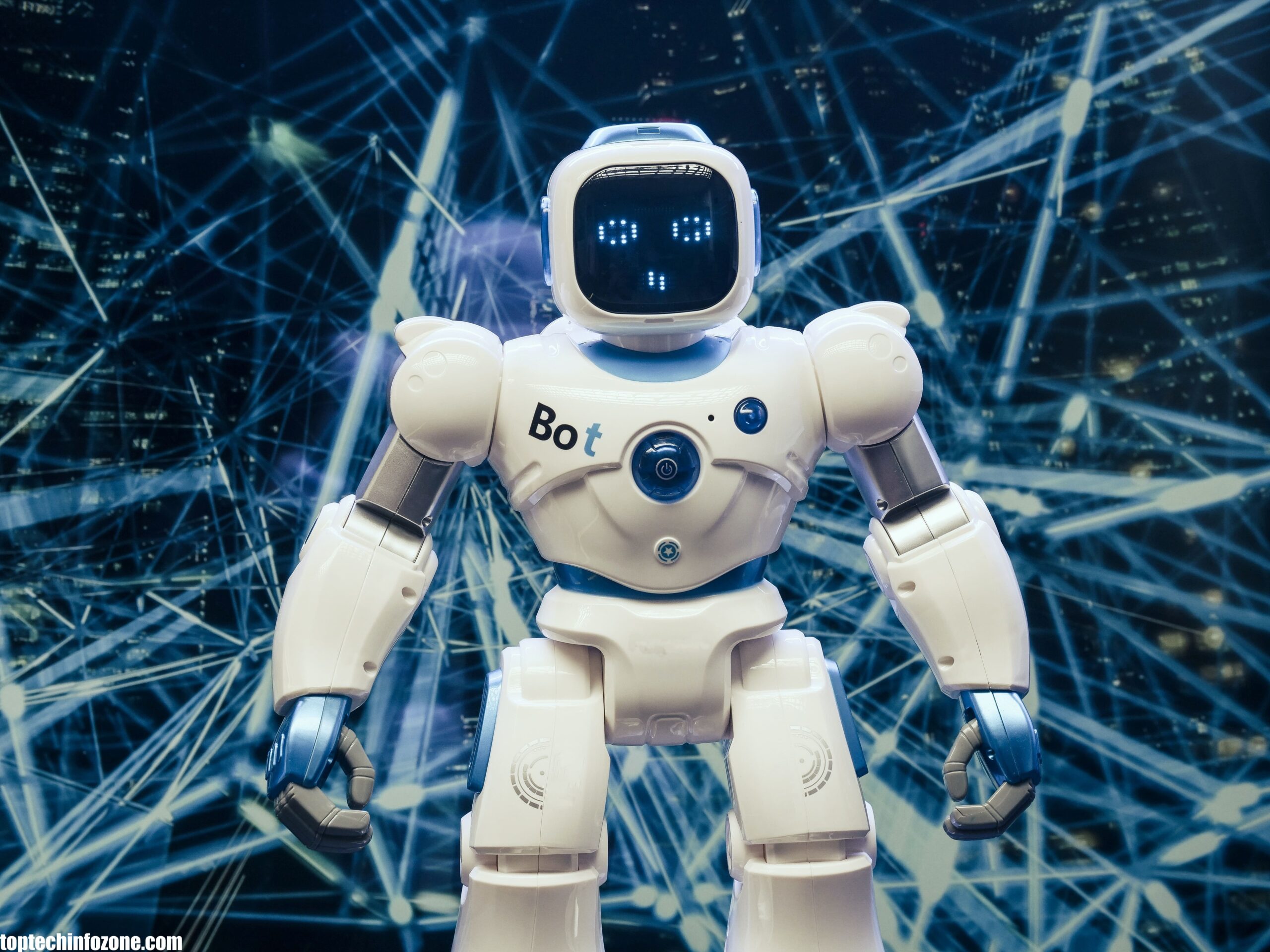
The Revolution: AI’s Impact on Healthcare
The healthcare sector is undergoing a profound revolution, driven by AI’s transformative impact. From early disease detection to personalized treatment plans, AI is revolutionizing patient care and medical research.
Early Disease Detection and Diagnosis
AI-powered algorithms analyse medical data with unparalleled accuracy, facilitating early disease detection. This leads to timely interventions, better prognosis, and improved patient outcomes.
Personalized Treatment Plans
AI tailors treatment plans based on a patient’s genetic makeup, medical history, and real-time data. This precision medicine approach ensures optimal outcomes and reduces adverse effects.
Drug Discovery and Development
AI accelerates drug discovery by simulating molecular interactions and predicting potential drug candidates. This expedites the development of new therapies and treatments.
Remote Patient Monitoring
AI-enabled devices allow continuous remote monitoring of patients’ vital signs and health metrics. This real-time data empowers healthcare professionals to intervene proactively.
AI in Autonomous Vehicles: Advancements and Challenges
Autonomous vehicles, powered by AI, are redefining the future of transportation. While advancements are promising, challenges related to safety, regulations, and infrastructure must be addressed.
Advancements in Self-Driving Technology
AI algorithms enable vehicles to perceive their environment, make real-time decisions, and navigate autonomously. This technology holds the potential to reduce accidents and traffic congestion.
Safety and Ethical Considerations
Ensuring the safety of self-driving vehicles and addressing ethical dilemmas, such as decision-making in life-threatening situations, are crucial aspects of AI in autonomous vehicles.
Infrastructure and Legal Frameworks
The successful integration of autonomous vehicles requires robust infrastructure, including smart roadways and communication systems, as well as comprehensive legal and regulatory frameworks.
Machine Learning Algorithms: A Comprehensive Overview
Machine learning forms the backbone of AI and robotics, empowering machines to learn and adapt from data. A diverse array of machine learning algorithms drives various applications across industries.
Supervised Learning: Teaching Through Labelled Data
Supervised learning involves training machines using labelled data, enabling them to make predictions and classifications based on patterns identified during training.
Unsupervised Learning: Discovering Hidden Patterns
Unsupervised learning algorithms identify hidden patterns and relationships within data sets without prior labelling, making it useful for clustering and data exploration.
Reinforcement Learning: Learning Through Trial and Error
Reinforcement learning models learn through trial and error, receiving rewards for making correct decisions and penalties for incorrect ones. This approach is used in autonomous systems and gaming.
Natural Language Processing: Enabling Human-Machine Communication
Natural Language Processing (NLP) algorithms enable machines to understand, interpret, and generate human language. Applications range from chatbots to language translation.
The Role of AI in Cybersecurity and Threat Detection
As technology advances, so do cybersecurity threats. AI is playing a pivotal role in detecting and mitigating these threats, offering a robust defense against cyberattacks.
Threat Detection and Prevention
AI algorithms analyse network traffic and behaviour patterns to identify anomalous activities indicative of cyber threats. This real-time detection enhances security measures.
Vulnerability Assessment and Patch Management
AI-powered vulnerability assessment tools identify weaknesses in software and systems, allowing for proactive patch management and reducing the risk of exploitation.
Fraud Detection and Identity Protection
AI-driven fraud detection systems scrutinize transactions and behaviours, flagging suspicious activities and protecting individuals and organizations from financial losses.
Adaptive Cybersecurity Measures
AI’s ability to learn and adapt enables cybersecurity systems to evolve alongside emerging threats, ensuring a dynamic and resilient defence against cyberattacks.
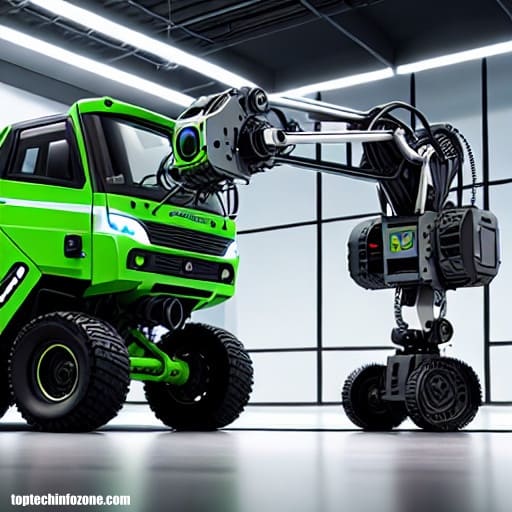
The Benefits of AI and Robotics: Transforming Industries
The fusion of AI and robotics isn’t just a technological marvel; it brings forth a plethora of benefits that are driving industries toward unprecedented growth and evolution.
Enhanced Efficiency and Productivity
The integration of AI and robotics leads to enhanced operational efficiency and productivity. Machines can tirelessly perform tasks with precision and consistency, leading to faster production cycles and reduced errors.
Improved Safety and Risk Mitigation
In industries such as manufacturing and construction, AI-powered robots can undertake hazardous tasks, ensuring the safety of human workers.
Moreover, predictive analytics and AI-driven insights enable proactive risk mitigation.
Precision and Accuracy
AI’s ability to analyse vast datasets in real time equips robots with unparalleled precision and accuracy. From medical diagnoses to quality control in manufacturing, the outcomes are consistently reliable.
Cost Savings and Resource Optimization
By automating processes and minimizing wastage, AI and robotics contribute to significant cost savings. Smart resource allocation and predictive maintenance further optimize expenses.
Innovation and Creativity
The collaboration between AI and robotics fosters innovation and creativity. Machines can simulate human creativity, leading to breakthroughs in art, design, and problem-solving.
Seamless Data Analysis and Decision-Making
AI algorithms process and analyse data at an extraordinary pace, providing valuable insights for informed decision-making. This is particularly valuable in industries reliant on data-driven strategies.
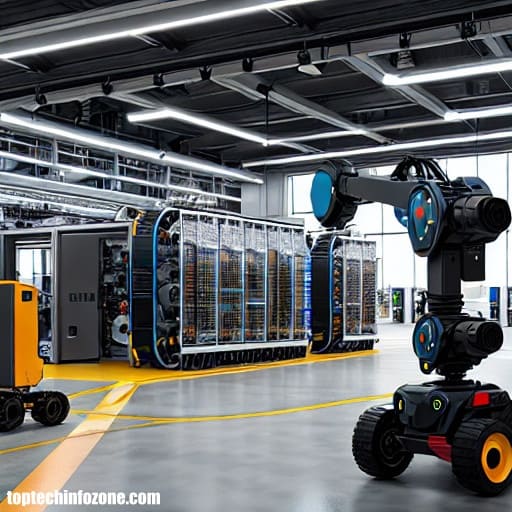
Overcoming Challenges: The Human-AI-Robotics Interface
While AI and robotics offer immense potential, they also present challenges that need to be addressed for a harmonious integration.
Ethical Considerations and Bias
The decisions made by AI systems can sometimes reflect biases present in the data they were trained on. Ensuring fairness and transparency in AI algorithms is a critical concern.
Job Displacement vs. Skill Enhancement
The fear of job displacement due to automation is valid, but the collaboration between humans and machines can lead to skill enhancement and the creation of new roles.
Security and Data Privacy
As industries become more dependent on AI and robotics, ensuring the security of data and preventing cyber threats becomes paramount.
Technological Dependence and Vulnerability
Overreliance on AI and robotics without proper fail-safes could lead to vulnerabilities, especially in critical sectors like healthcare and transportation.
Regulatory Frameworks and Legal Implications
The rapid pace of AI and robotics development demands comprehensive regulatory frameworks to address legal and ethical challenges.
Human-AI Symbiosis
The most promising path forward involves creating a symbiotic relationship between humans and AI, leveraging each other’s strengths for optimal outcomes.
Conclusion
In the ever-evolving landscape of industries, AI and robotics stand as pillars of transformation. The convergence of these technologies promises a future where efficiency, innovation, and human potential align seamlessly. As we navigate the uncharted waters of AI and robotics, embracing their benefits while addressing challenges will define our journey toward a smarter and more connected world.
Frequently Asked Questions (FAQs)
AI and robotics are enabling precise surgeries, diagnosis, and personalized treatments, enhancing patient care and outcomes.
AI-powered robots are revolutionizing agriculture through precision farming, automated cultivation, and efficient resource management.
Absolutely, AI-driven robots optimize manufacturing by enhancing efficiency, quality control, and predictive maintenance.
Yes, self-driving vehicles powered by AI are being tested and deployed, promising safer and more convenient transportation.
While automation may change job landscapes, it also opens avenues for skill enhancement and the creation of new roles.
Ethical considerations involve transparent AI algorithms, bias mitigation, and comprehensive regulatory frameworks.
Related Posts:
- Unlocking Ethical Implications of AI: Unveiling Unforeseen Consequences (2023)
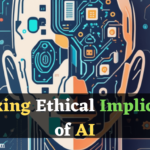
- AI in Finance: Predictive Analytics and Fraud Detection (2023)
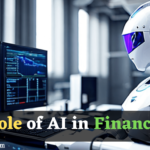
- Chatbots and Virtual Assistants: Enhancing Customer Experience (2023)
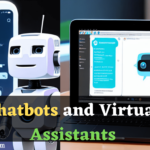
- AI and Robotics: Transforming Industries (2023)
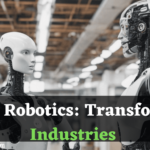
- The Role of AI in Cybersecurity and Threat Detection (2023)
